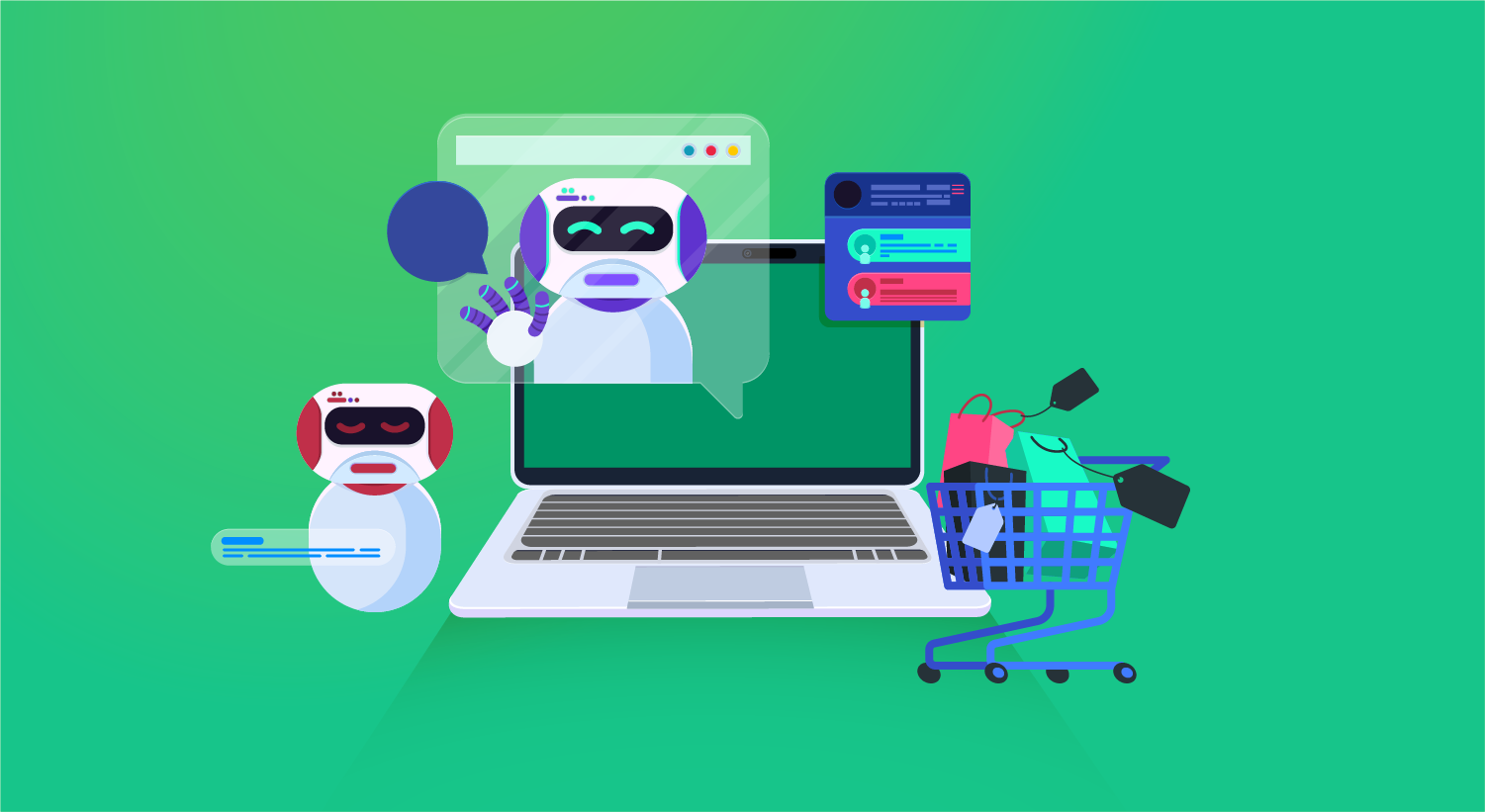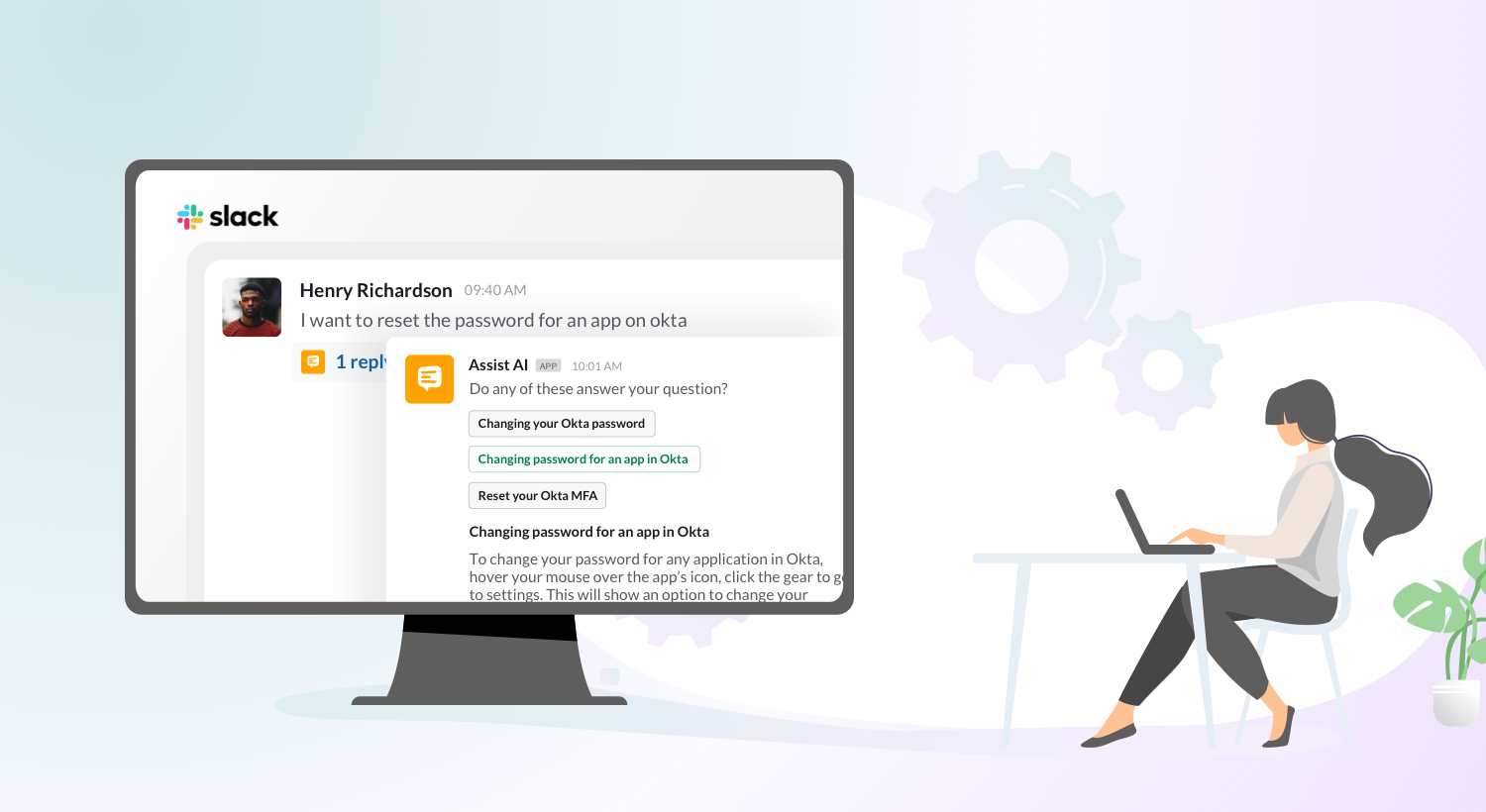Chatbots are transforming the way people shop today. It is no longer necessary to spend gas to find the right clothes or to find fresh fruits and vegetables because online shopping has come to the rescue. According to Statista, In 2019, an estimated 1.92 billion people purchased goods or services online, surpassing 3.53 trillion U.S. dollars worldwide in e-retail spend.
With the growing need for convenience, chatbots at any stage of the sales process are proving to be a boon for the eCommerce industry. With the Holiday season upon us, consumers have limited time and lots of gifts to buy. Let us delve into some examples of chatbots implemented by successful companies who’ve used chatbots to boost their eCommerce sales revenue.
Why Chatbots?
Businesses globally are leveraging the consumer’s “buy-now” mindset to their marketing strategy and extensively adopting Chatbot technology to expand revenue channels. Chatbots are Artificial Intelligence backed conversational software programs that can simulate a human-like interaction with visitors.
Chatbots can be either be implemented with preset response templates leading users through a conversation using button choices or utilize the power of Machine Learning and Natural Language Processing (NLP) to interact with users without a definite structure. Often implemented on companies’ landing websites, on existing messaging platforms and messaging apps like Facebook messenger bots, Slack and WhatsApp or bot platforms like Kik and Alexa, chatbots for e-commerce companies are typically designed to help with the following use cases:
- Offer new customers and buyers product recommendations and Complete buyers’ purchases
- Upsell to existing customers
- Increase the conversion rate for leads
- Provide customer support, increasing customer retention
- Successful Examples of Chatbots
Chatbots in E-commerce Industry
1. Michael Kors
Michael Kors focused its efforts in 2018 on developing and launching an enhanced chatbot for its global audience. The bot not only offers existing offers and product recommendations but also assists the users to make the right purchase and redirecting them to their e-commerce store to finish the purchase. The bot is also equipped with FAQ support and the ability to hand users off to a human customer service representative when the moment arises.

2. Mac Miller Store
The Live Nation Bot for the e-commerce store of Mac Miller, provides a seamless way for fans to purchase late singer’s albums, merchandise, and music including t-shirts, sweatshirts, digital downloads. The HappyFox powered chatbot is placed next to the online store bringing sales and service together on each webpage.

Allowing fans to get help with their order – tracking status, digital order, changing the existing order, requesting new items, or providing feedback, the chatbot helps simulate the shopping experience that buyers get in a retail store.
3. SnapTravel
Offering hotel deals over messaging, SnapTravel leverages artificial intelligence to help its customers find and book hotel rooms bookings over a conversational interface. SnapTravel doesn’t need to get anyone to download its app in order to work and offers its services on intimate platforms like SMS and Facebook Messenger.

Using Natural Language Processing (NLP) and artificial intelligence, the bot offers visitors competitive pricing and claims to have its own “secret deals”, according to SnapTravel’s FAQ. With users getting impatient about their shopping experience with every passing second, people have reported finishing their buying journey within 15 mins!
3. 1-800-Flowers
1-800-Flowers was one of the first e-commerce bots on Facebook Messenger. Being an immediate success, it was reported that just two months into the launch, 70% of the company’s Facebook chatbot orders came from brand new customers, who in fact were younger than the company’s typical customer.

No longer just florists, automation and innovation has resulted into the company transforming into a ecommerce company, with 88% of its business residing online. Shoppers can browse through a collection products and finish the purchase journey without ever leaving the messenger.
4. H&M
With the bot and the agents available 24*7, the H&M chatbot aims to enrich every visitors’ buying experience. The shopping assistant bot helps fashionistas with great outfit possibilities in real-time and guides them to their online store shopping cart till the checkout page that aligns with their purchase desires.

The company also implemented a virtual assistant on their website that can help users track orders, check stock, take payments, or even talk to a live agent.
5. Domino’s Pizza
In an effort to expand its digital ordering service, Domino’s implemented the Facebook messenger chatbot, taking the easy ordering experience to 15 platforms including Amazon Echo, Ford Sync, Samsung TV, Apple Watch, and via emoji. Generating revenue of 3.62 billion U.S. dollars worldwide in 2019, Domino’s Pizza allows consumers to order from the full menu without ever leaving Messenger further boosting digital sales through a fantastic user experience.

Conclusion
The popularity of bots is explained by the fact that many people prefer to interact on messenger platforms rather than call. Helping companies not only transform customer experience and internal customer service processes but also help improve their bottom line, AI chatbots, and automation is redefining the marketplace. If you’re looking to see how HappyFox chatbot can help retailers transform their eCommerce business, increase sales, and take conversational commerce to the next level, connect with us today!








